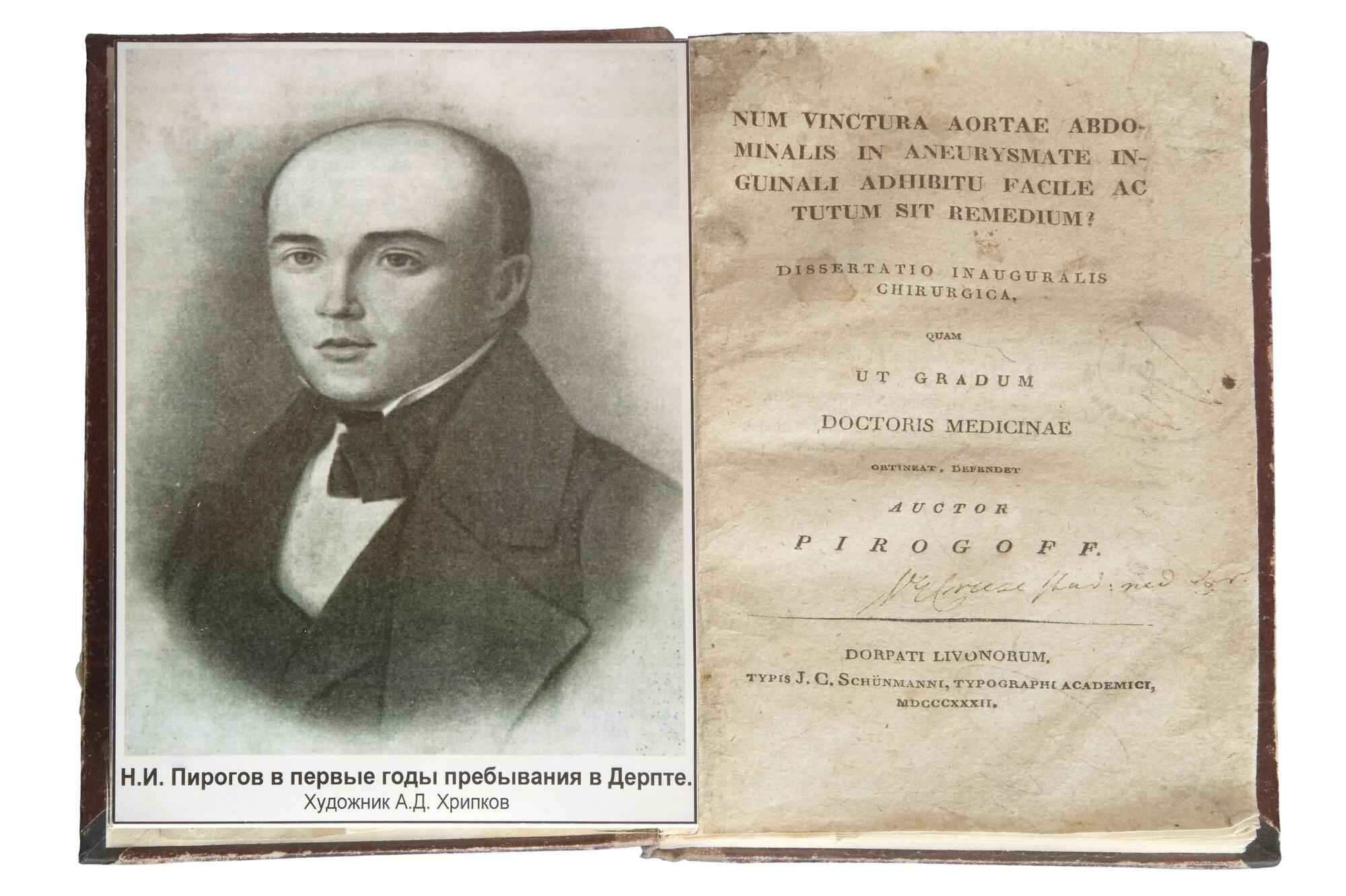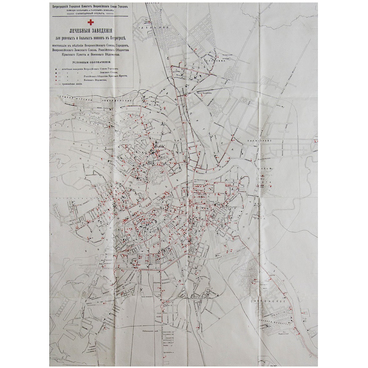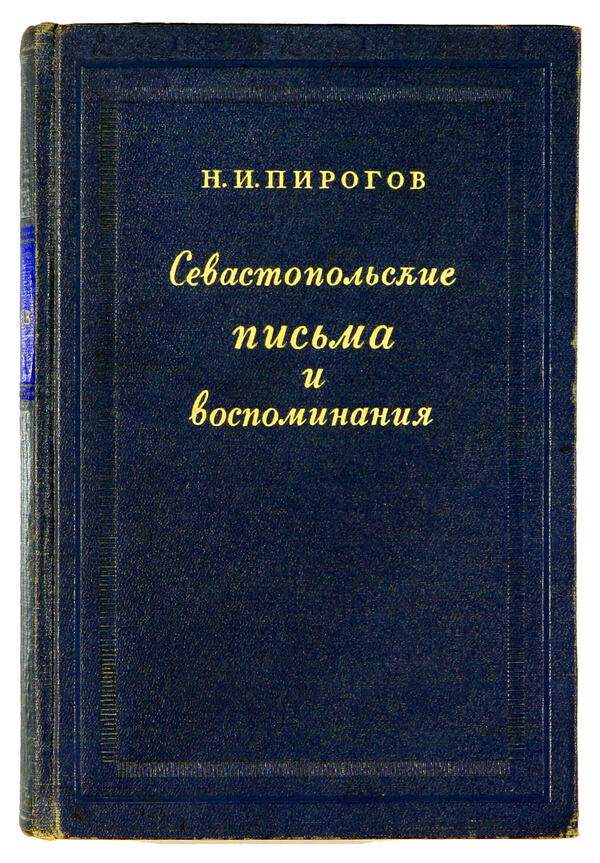In 1824, Nikolay Pirogov was accepted to the Faculty of Medicine of the Imperial Moscow University. He was only 14 years old, so he had to add two more years to his birth certificate in order to get all the paperwork done. After graduation, Pirogov enrolled at the University of Dorpat to prepare for professorship.
Pirogov went to Dorpat with the intention to study only surgery, but over time the scope of his scientific interests broadened. The young scientist engaged in the study of anatomy in relation to surgery. Professor of surgery Ivan Moyer became his thesis advisor; they had a close relationship. Pirogov worked really hard and completed his doctoral thesis on experimental surgery in Latin at the age of 22.
Pirogov chose the topic of the thesis by himself: ‘Is the ligation of the abdominal aorta with an aneurysm of the groin a readily feasible and safe intervention? ’
Aneurysm is a bulging in the wall of an artery, less commonly a vein. It occurs when the blood vessel wall becomes thinner or stretched. Surgery is the only treatment for aneurysms.
In the medical literature, he found a description of the ligation of the abdominal aorta — a large arterial trunk that supplies the lower extremities and the abdominal cavity organs with blood. This case ended in the death of the patient. Pirogov wondered if it was at all possible to ligate the abdominal aorta in such a way that it would not cause fatal outcome, and decided to research this topic. Professor Moyer approved his idea, and so Pirogov began his work. At first, he carried out experiments on dogs, calves and rams — he strove for faultless technique and speed, because the ligation of a blood vessel had to take only a fraction of a second.
But the main result of the surgeon’s research was not the aorta ligation technique, but the reaction of the vascular system and the organism as a whole to this intervention. Pirogov denied widespread ideas about the causes of death during such surgeries. Earlier, doctors believed that the patient’s death was caused by circulatory disorders in the lower extremities, but Pirogov’s work showed that death occurred due to changes in blood circulation in the chest cavity: a huge amount of blood rushing to the heart and lungs disrupted their work and caused blood clots.
Thus, the young scientist was one of the first to consider the connection of practical surgery with topographic anatomy and physiology.
Pirogov went to Dorpat with the intention to study only surgery, but over time the scope of his scientific interests broadened. The young scientist engaged in the study of anatomy in relation to surgery. Professor of surgery Ivan Moyer became his thesis advisor; they had a close relationship. Pirogov worked really hard and completed his doctoral thesis on experimental surgery in Latin at the age of 22.
Pirogov chose the topic of the thesis by himself: ‘Is the ligation of the abdominal aorta with an aneurysm of the groin a readily feasible and safe intervention? ’
Aneurysm is a bulging in the wall of an artery, less commonly a vein. It occurs when the blood vessel wall becomes thinner or stretched. Surgery is the only treatment for aneurysms.
In the medical literature, he found a description of the ligation of the abdominal aorta — a large arterial trunk that supplies the lower extremities and the abdominal cavity organs with blood. This case ended in the death of the patient. Pirogov wondered if it was at all possible to ligate the abdominal aorta in such a way that it would not cause fatal outcome, and decided to research this topic. Professor Moyer approved his idea, and so Pirogov began his work. At first, he carried out experiments on dogs, calves and rams — he strove for faultless technique and speed, because the ligation of a blood vessel had to take only a fraction of a second.
But the main result of the surgeon’s research was not the aorta ligation technique, but the reaction of the vascular system and the organism as a whole to this intervention. Pirogov denied widespread ideas about the causes of death during such surgeries. Earlier, doctors believed that the patient’s death was caused by circulatory disorders in the lower extremities, but Pirogov’s work showed that death occurred due to changes in blood circulation in the chest cavity: a huge amount of blood rushing to the heart and lungs disrupted their work and caused blood clots.
Thus, the young scientist was one of the first to consider the connection of practical surgery with topographic anatomy and physiology.






